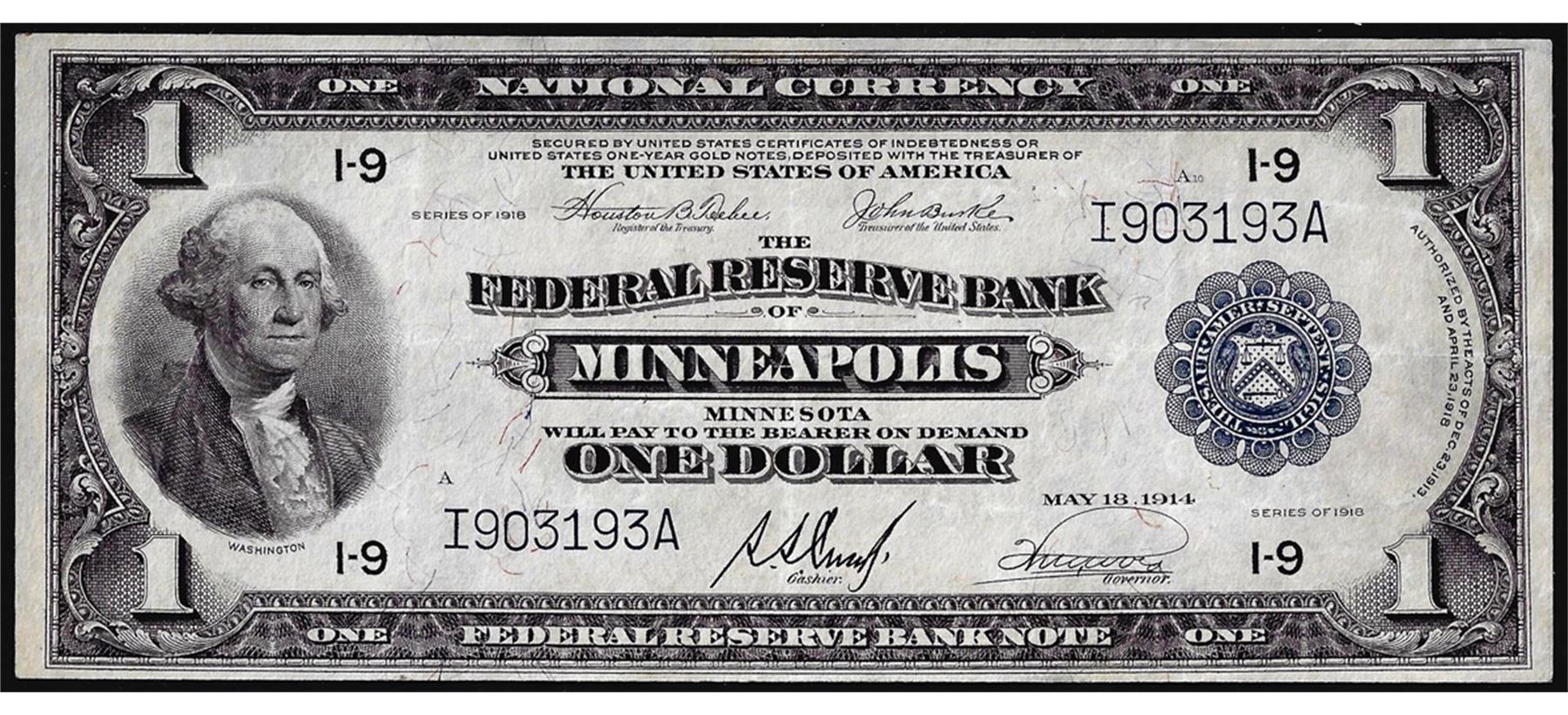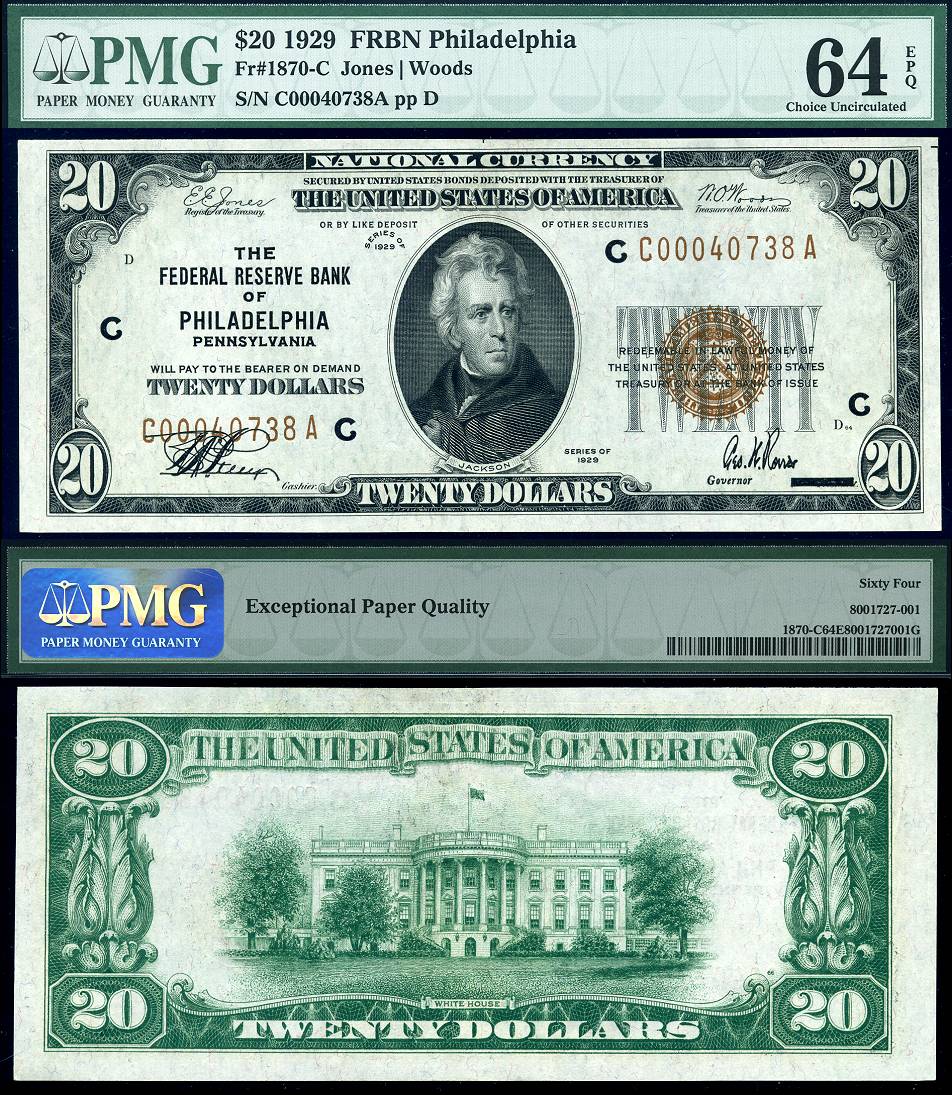

dollar status as the global reserve currency could be expected to progressively decline. “Nevertheless, the United States should be in a position to fund itself for a very long time. This would produce the secular stagflation former Treasury Secretary Larry Summers has spoken of-remember President Jimmy Carter?” Worst still, we might see rapidly increasing inflation. If the Fed were to ease up “printing money,” we might see significant deflation, like Japan in the 1990s. “But we are on a collision course with another force, as we see further increasing Main Street insolvencies, unemployment and the weakening of the finances of ordinary households and businesses. Financial asset prices could be expected to continue increasing too, particularly in the equities market, if it continues to be stable, supported by technology companies, led by FAANG (Facebook, Apple, Amazon, Netflix, Alphabet/Google). The Fed’s balance sheet will continue to grow, possibly to tens of trillions of dollars. With interest rates now close to zero, there is really nothing else the Fed can do. “With the Covid-19 pandemic appearing likely to persist for longer than we had hoped and the economy showing few signs of improving, the Fed’s actions will likely continue. The net effect of this strategy has been to increase societal inequity within the United States it has also exposed the average U.S. The Fed has contributed to programs to directly support Main Street too, although nowhere near as much, or as effectively, as its Wall Street programs. “A feature of the Fed’s asset purchases by “printing money” is that Wall Street firms and their large corporate clients have been the primary beneficiaries of its actions. Had the Fed not done this, the price of treasuries would have fallen, possibly precipitously, and their yield or interest rate would have risen just as dramatically this would have then put upward pressure on the Government’s borrowing costs…and then, likely inflation and higher interest rates for everybody. It quickly became clear to the Federal Reserve (the Fed) that its Primary Dealer banks (large global banks) lacked the balance sheet capacity to buy (and then sell to others) these securities quickly the Fed needed to immediately become the principal buyer of treasuries. “The extraordinary demand for market liquidity in the United States in mid-March principally manifested itself as non-Government sales of U.S. Still, the March liquidity run involved no (obvious) specific villains. But, to market outsiders, the financial markets functioned as well as they do usually. Yes, most companies in America then had a dependency on debt.

In mid-March 2020, there was a run on liquidity in financial markets worldwide. “There were specific villains in the 2008 Financial Crisis take your pick: Lehman Bros, AIG, Countrywide, Goldman Sachs, and so on. And we endured the 2008 financial crisis much better than many predicted. debt is now about equal to GDP (Gross Domestic Product), like the sound barrier we once thought if we hit it we might explode…this column will try to explain.

Government can continue to fund its deficit spending…for the first time U.S. Government can spend so much more than it receives? If so, no need to read further.įor those of us willing to admit that we don’t really understand how the U.S. Here's a quiz question: do you really understand how the U.S. It was also three times as large as the 2019 deficit of $984 billion. spends and what it earns through tax receipts and other revenue - was $2 trillion more than what the White House’s budget forecast in February. Much of the spending came from the $2.2 trillion economic relief package that Congress passed in March…The deficit - the gap between what the U.S. Our future will be determined by five transformative forces: The Five FATEs Graphic by Dez Cesariniįrom the New York Times on October 16: “The federal budget deficit soared to a record $3.1 trillion in the 2020 fiscal year…The federal government spent $6.55 trillion in 2020, while tax receipts and other revenue trailed at $3.42 trillion.


 0 kommentar(er)
0 kommentar(er)
